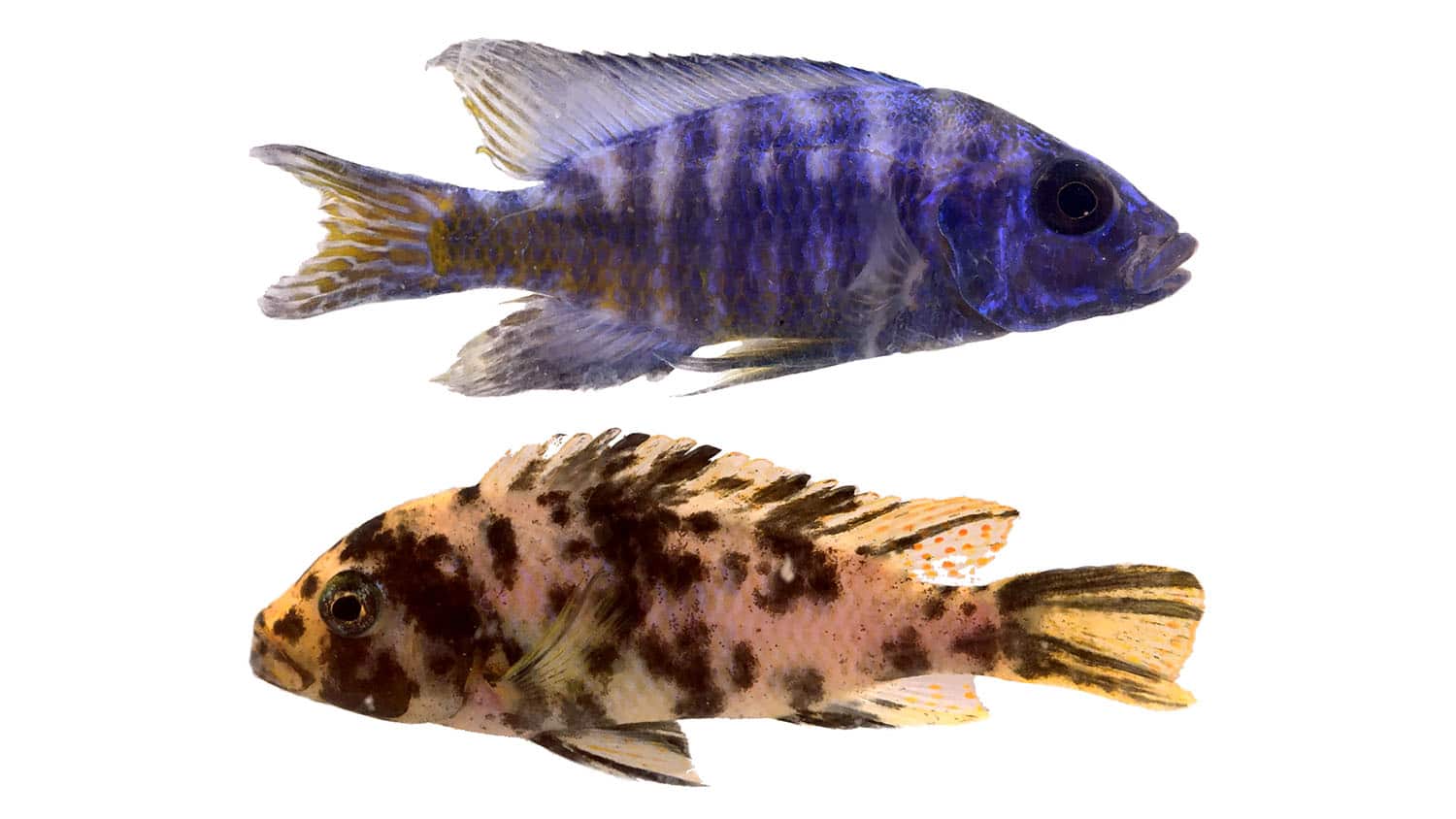Greener Neighborhoods Can Protect Us – at the Cellular Level

For Immediate Release
A new study finds that greenspace – the vegetation in a neighborhood’s yards, parks and public spaces – has a positive impact on a key genetic marker associated with exposure to stress. However, the study also finds that the positive impact of greenspace isn’t enough to compensate for other environmental challenges, such as air pollution.
The markers in question are telomeres, which are sections of repetitive DNA found at each end of a chromosome that serve to protect the ends of the chromosomes from damage. However, each time a cell divides, the telomeres inside those cells become slightly shorter. Once the telomeres become so short that the cell cannot divide successfully, the cell dies.
“This makes telomeres important markers of biological age, or how worn down our cells are,” says Scott Ogletree, corresponding author of a paper on the study and a former postdoctoral researcher at North Carolina State University’s Center for Geospatial Analytics. “And we know that many variables – such as stress – can influence how quickly our telomeres wear down.” Ogletree is now a lecturer at the University of Edinburgh.
“There’s a lot of research that talks about the various ways in which greenspace is beneficial, and a lot of research that talks about adverse health effects associated with pollution, racist segregation in housing, and other social and environmental challenges,” says Aaron Hipp, co-author of the study and a professor of parks, recreation and tourism management at NC State. “This study was an attempt to quantify the beneficial impacts of greenspace at the cellular level, and the extent to which greenspace can help to offset environmental harms.”
For the study, researchers drew on data from the CDC’s National Health and Nutrition Examination Survey (NHANES) for the years 1999-2002. NHANES is a longitudinal, nationally representative study that assesses the health of the U.S. population through interviews and physical examinations.
Specifically, the researchers looked at data on 7,827 people that allowed them to assess their demographic data, the length of their telomeres, and where they lived. The research team assessed the amount of greenspace in each person’s neighborhood and how that related to their telomere length. The researchers also accounted for potential confounding variables, such as lifestyle, health history and substance use. In addition, the researchers identified a suite of other environmental variables that could affect telomere length, such as air quality and “redlining” maps that track historically segregated neighborhoods.
“We found that the more greenspace people had in their neighborhoods, the longer their telomeres were,” says Hipp, who is also the associate director of social and behavioral science applications at NC State’s Center for Geospatial Analytics. “That was true regardless of race, economic status, whether they were drinkers or smokers, etc.”
“That’s the good news,” Ogletree says. “However, when we accounted for other characteristics of each neighborhood – air pollution, segregation, or ‘deprivation’ – the positive effect of the greenspace essentially disappeared. Deprivation, in this context, was an overarching variable that included the neighborhood-level data on income, education, employment status, and housing conditions. In other words, while greenspace seems to help protect telomere length, the harm from other factors appears to offset that protection.”
“Greenspace is tremendously valuable for a community, but it is not enough to overcome systemic racism and the effects of economic segregation and environmental justice challenges on its own,” says Hipp. “This study drives home the idea that creating greenspace in a community is important, but it’s as crucial – or more crucial – for us to address environmental harms, particularly those tied to systemic racism.”
The paper, “The Relationship Between Greenspace Exposure and Telomere Length in the National Health and Nutrition Examination Survey,” is published in the journal Science of the Total Environment. The paper was co-authored by Christopher Dunstan, Nnamdi Osakwe and Jae In Oh, who are Ph.D. students at NC State; Jing-Huei Huang, a former Ph.D. student and postdoctoral researcher at NC State who now works for the Montgomery County Parks Department in Maryland; David Reif, of the National Institute of Environmental Health Sciences (NIEHS); and Lin Yang, of the University of Calgary.
The work was done with support from NIEHS, via NC State’s Center for Human Health and the Environment, under grant number P30ES025128.
-shipman-
Note to Editors: The study abstract follows.
“The Relationship Between Greenspace Exposure and Telomere Length in the National Health and Nutrition Examination Survey”
Authors: S. Scott Ogletree, University of Edinburgh and North Carolina State University; Jing-Huei Huang, North Carolina State University and Montgomery County Parks Department; David Reif, National Institute of Environmental Health Sciences; Lin Yang, Alberta Health Services and the University of Calgary; Christopher Dunstan, Nnamdi Osakwe, Jae In Oh and J. Aaron Hipp, North Carolina State University
Published: Sept. 30, Science of the Total Environment
DOI: 10.1016/j.scitotenv.2023.167452
Abstract: The exposome, reflecting the range of environmental exposures individuals encounter throughout their life, can influence a variety of health outcomes and can play a role in how the environment impacts our genes. Telomeres, genetic structures regulating cell growth and senescence, are one pathway through which the exposome may impact health. Greenspace exposure, representing the amount of green areas in one’s neighborhood, is one component of the exposome and has been associated with multiple health benefits. To investigate the potential link between greenspace exposure and telomere length, we analyzed data from the 1999–2001 National Health and Nutrition Examination Survey (NHANES) sample. Our study examined individual, risk, and contextual factors. We found that greater greenspace exposure in one’s neighborhood was associated with longer telomere lengths when considering individual and risk factors, suggesting a positive effect of living in greener neighborhoods. However, this relationship became non-significant when contextual factors, such as air pollution and deprivation, were included in the analysis. These findings highlight a complex relationship between greenspace and telomere length, warranting further research to explore contextual factors in detail.


